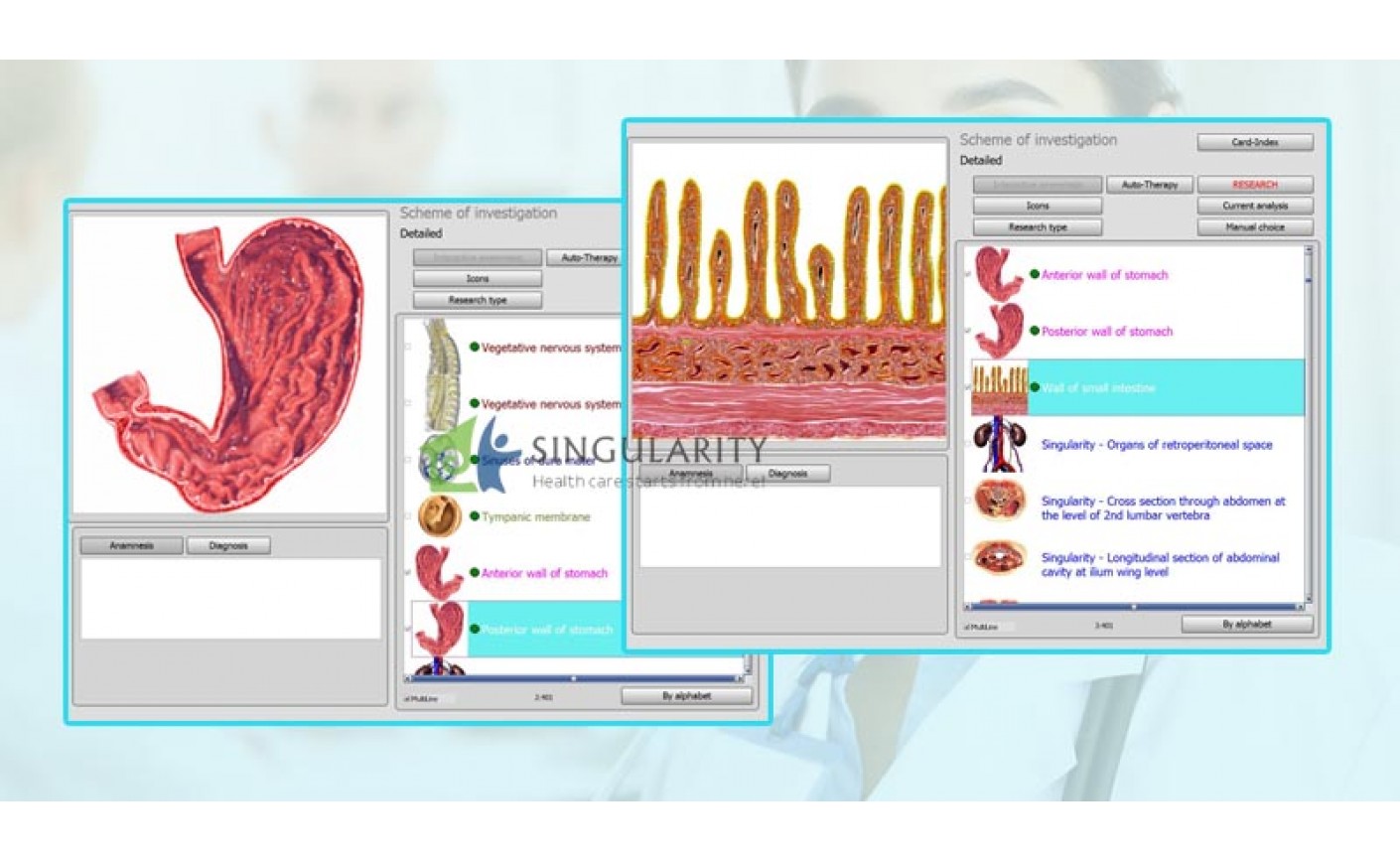How are thyroid disorders diagnosed?
In addition to thorough medical history and physical exam, specialized tests are used to diagnose thyroid disorders.
Blood tests are typically done to measure levels of thyroid hormones and TSH. Blood tests to identify antibodies against thyroid tissue may also be ordered by your doctor, such as titers of anti-thyroglobulin, anti-thyroperoxidase, or TSH receptor stimulating antibodies.
Imaging tests are commonly used when thyroid nodules or enlargement are present. Ultrasound can visualize the consistency of the tissue within the gland and can often reveal cysts or calcifications. Ultrasound examination cannot distinguish a benign from a malignant process.
Thyroid scans using radioactive iodine are often performed to evaluate the function of thyroid nodules. The thyroid is the only location in the body that takes up iodine, so when radioactively labeled iodine is given, it is taken up by the thyroid gland. An imaging test typically shows uptake of radioactive iodine by normal thyroid tissue. Areas or nodules that are producing excess hormone (referred to as hyperfunctioning) will show an increased uptake of iodine. These are referred to as "hot" nodules or areas. By contrast, so-called "cold" nodules represent areas with decreased iodine uptake. "Cold" nodules do not produce excess hormone and can sometimes represent cancer.
Fine needle aspiration and biopsy are techniques that remove a sample of cells or tissue from the thyroid gland for examination and diagnosis by a pathologist, who is a physician trained in the diagnosis of conditions based on tissue samples. Fine needle aspiration (FNA) uses a long, thin needle to withdraw a sample of cells from the thyroid. FNA can be performed in the doctor's office. Sometimes, ultrasound imaging is used to guide the FNA procedure. A biopsy is the surgical sampling of a tissue.

